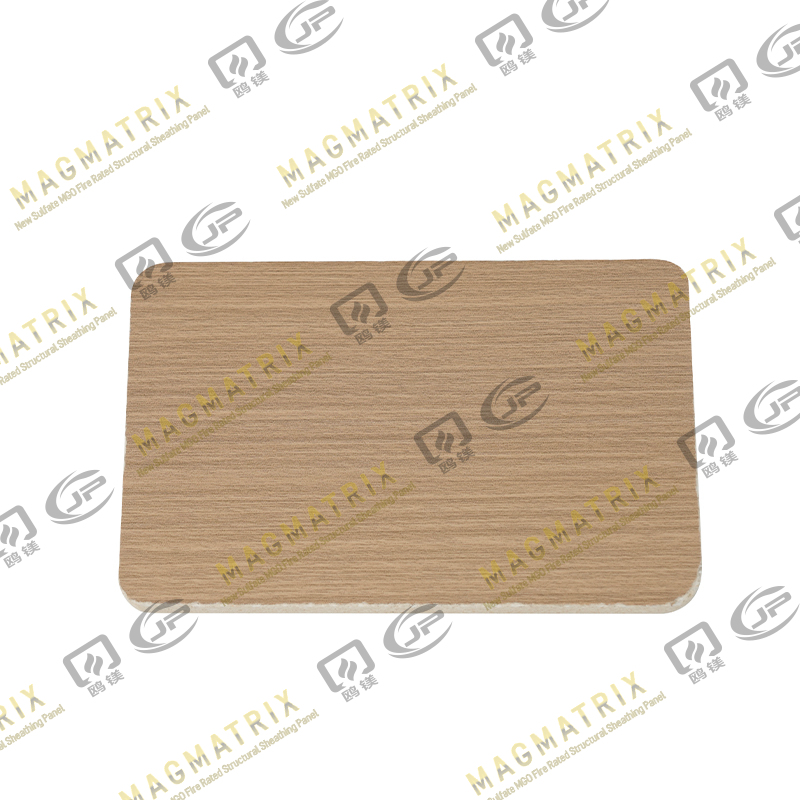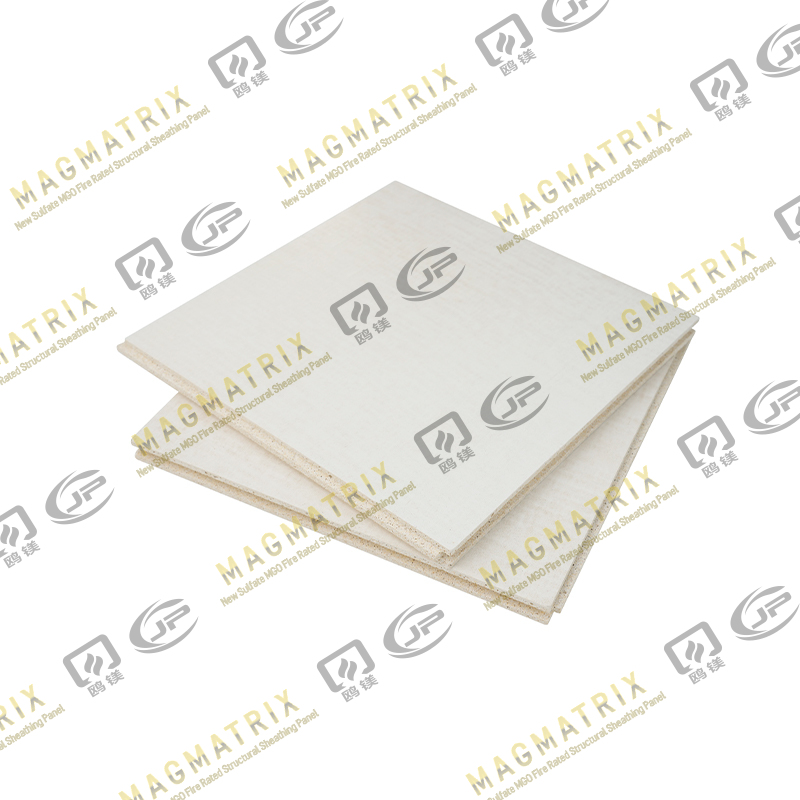Magnesium oxide boards, commonly referred to as MgO board, have been gaining popularity in the construction industry due to their fire resistance, water resistance, and eco-friendliness. While these properties are well-documented, another question frequently arises among builders, homeowners, and architects: How resistant is MgO board to termites and other pests? Understanding this aspect is crucial, especially in areas prone to termite infestations or where long-term structural durability is a concern.
What is MgO Board?
Before discussing its resistance to pests, it’s important to understand what MgO board is. MgO boards are made primarily from:
- Magnesium oxide (MgO)
- Magnesium chloride (MgCl₂)
- Fillers and additives such as perlite, wood flour, or fly ash
These ingredients are mixed and cured to create a rigid board that can serve as wall sheathing, flooring, or ceiling panels. Unlike conventional wood-based products, MgO boards are inorganic, which plays a significant role in their resistance to termites and other pests.
Why Termite Resistance Matters
Termites are one of the most destructive pests for buildings, causing billions of dollars in damages annually worldwide. They primarily feed on cellulose-based materials, such as:
- Plywood
- Oriented Strand Board (OSB)
- Solid wood structures
- Paper products
A termite infestation can compromise structural integrity, increase maintenance costs, and, in severe cases, render buildings unsafe. Other pests, such as carpenter ants and certain beetles, can also cause similar damage. Therefore, selecting materials that are resistant or unattractive to these pests is crucial, especially for areas prone to infestations.
Pest Resistance of MgO Boards
1. Inorganic Composition Deters Termites
The most significant factor contributing to MgO boards’ termite resistance is their inorganic composition. Termites cannot digest mineral compounds like magnesium oxide, unlike cellulose in wood-based boards. This means that even if termites encounter MgO boards, they will generally avoid them because the material is indigestible and non-nutritive.
- Plywood and OSB contain high levels of cellulose and are highly attractive to termites.
- MgO boards, being largely mineral-based, offer no nutritional value to these pests.
2. Resistance to Moisture-Related Infestations
Many wood-based products become vulnerable to termites and pests due to moisture accumulation. Termites and other pests are attracted to damp environments because they soften the wood and promote fungal growth, which is another food source. MgO boards are inherently water-resistant, and their ability to resist moisture accumulation reduces the likelihood of pest infestations.
3. Impact on Other Pests
While the primary concern is termites, other pests like carpenter ants, powderpost beetles, and mold-related insects are also deterred by MgO boards due to:
- Lack of organic material to feed on
- Resistance to rot and fungal growth
- High alkalinity of MgO, which is inhospitable to many organisms
This broad-spectrum deterrent effect makes MgO boards an excellent choice for long-term durability in pest-prone areas.
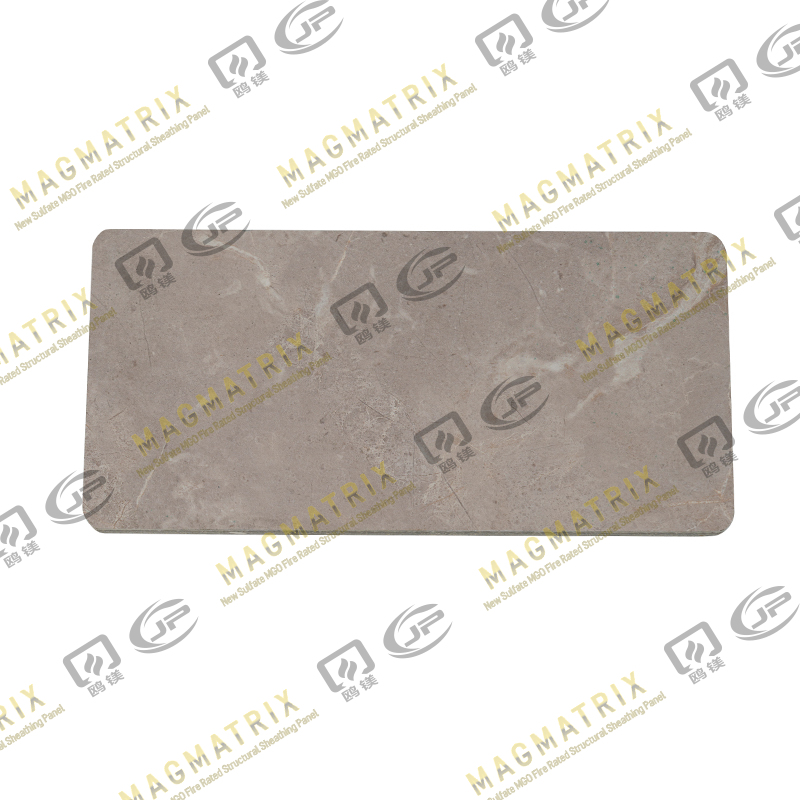
Comparing MgO Boards with Traditional Materials
| Feature |
MgO Board |
Plywood |
OSB |
| Termite Resistance |
High (inorganic, non-digestible) |
Low (high cellulose content) |
Low (high cellulose content) |
| Moisture Resistance |
High |
Moderate (requires treatment) |
Low (prone to swelling) |
| Fungal Growth |
Low |
Moderate to high |
High |
| Longevity in Pest-Prone Areas |
20+ years with minimal damage |
5–15 years without treatment |
5–10 years without treatment |
This table highlights why MgO boards are increasingly preferred in areas where pest control is a significant concern. While traditional wood materials can be treated chemically to resist pests, MgO boards naturally resist infestations without additional chemicals.
Factors That Influence MgO Board’s Pest Resistance
Although MgO boards are inherently resistant to pests, several factors can affect their performance:
1. Quality and Manufacturing Process
Not all MgO boards are created equal. Variations in composition, density, and manufacturing techniques can impact:
- Board strength
- Water resistance
- Pest resistance
Boards with higher magnesium oxide content and fewer organic fillers generally exhibit superior pest resistance.
2. Installation Practices
Proper installation is essential for maximizing pest resistance. Common considerations include:
- Avoiding direct contact with soil, which could introduce moisture or pests
- Sealing gaps and joints to prevent termite access
- Using appropriate fasteners and spacing to maintain board integrity
Even though MgO boards resist termites, poor installation can reduce effectiveness over time.
3. Environmental Conditions
Extreme humidity, prolonged water exposure, or repeated flooding can weaken some MgO boards if they contain excessive organic fillers. While this does not make them edible for termites, it could compromise their structural performance and make them more susceptible to secondary pest infestations.
Real-World Applications Where MgO Boards Excel
MgO boards have proven effective in numerous applications where termite resistance is critical:
1. Residential Wall Sheathing
Termites are a common problem in residential construction, especially in tropical and subtropical regions. MgO boards serve as a durable wall sheathing, reducing the risk of structural damage.
2. Roof and Ceiling Panels
Wood-based roofing materials often attract pests. MgO boards offer a fire-resistant and pest-resistant alternative, providing longer-lasting protection.
3. Flooring Underlayment
In areas where termite activity is high, MgO boards used as subfloor panels reduce the need for chemical treatments while offering a stable base for finished flooring.
4. External Cladding
When used as exterior siding, MgO boards resist both termite damage and fungal growth, making them ideal for humid climates.
Advantages of MgO Boards in Pest-Prone Areas
- Non-toxic pest resistance – No chemical pesticides are needed.
- Durability – Maintains structural integrity even in high-humidity conditions.
- Fire and water resistance – Offers dual protection beyond just pest deterrence.
- Low maintenance – Minimal need for inspections or chemical treatments.
- Eco-friendly – Reduces reliance on harmful pesticides and wood from deforestation.
Limitations and Considerations
While MgO boards are highly resistant to termites and pests, there are a few considerations:
- Edge protection: Exposed edges may absorb moisture if not sealed properly.
- Quality variation: Some low-cost boards with higher organic filler content may be less resistant.
- Not a structural fix: While MgO boards resist pests, they cannot prevent other structural issues caused by foundation problems or flooding.
Proper selection, installation, and maintenance are key to maximizing pest resistance.
Conclusion
MgO boards are naturally resistant to termites and most other pests due to their inorganic composition, high alkalinity, and water resistance. Unlike traditional wood-based materials such as plywood and OSB, MgO boards offer long-term durability without requiring chemical treatments. They are particularly suitable for:
- Termite-prone regions
- Humid and tropical climates
- Construction projects prioritizing sustainability and low maintenance
While no material is completely immune to environmental stressors, MgO boards clearly outperform wood-based alternatives in pest resistance. When combined with proper installation and maintenance, they provide a reliable, long-lasting solution for both residential and commercial construction.
For builders, homeowners, and architects, MgO boards offer peace of mind against termite and pest damage, making them a practical and increasingly popular choice in modern construction.
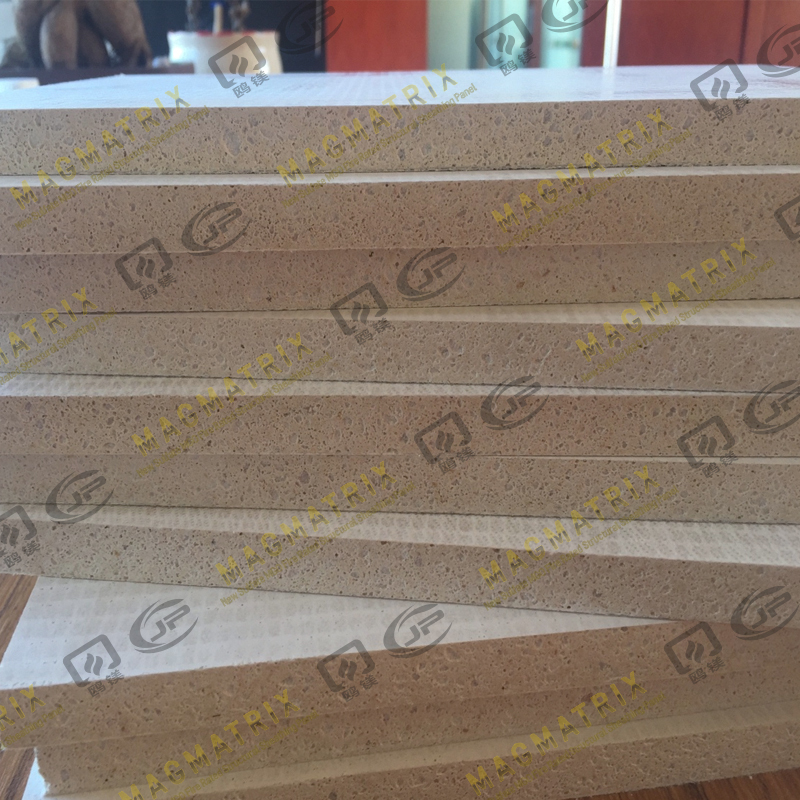 BMSC 517 New Sulfate MgO Board
BMSC 517 New Sulfate MgO Board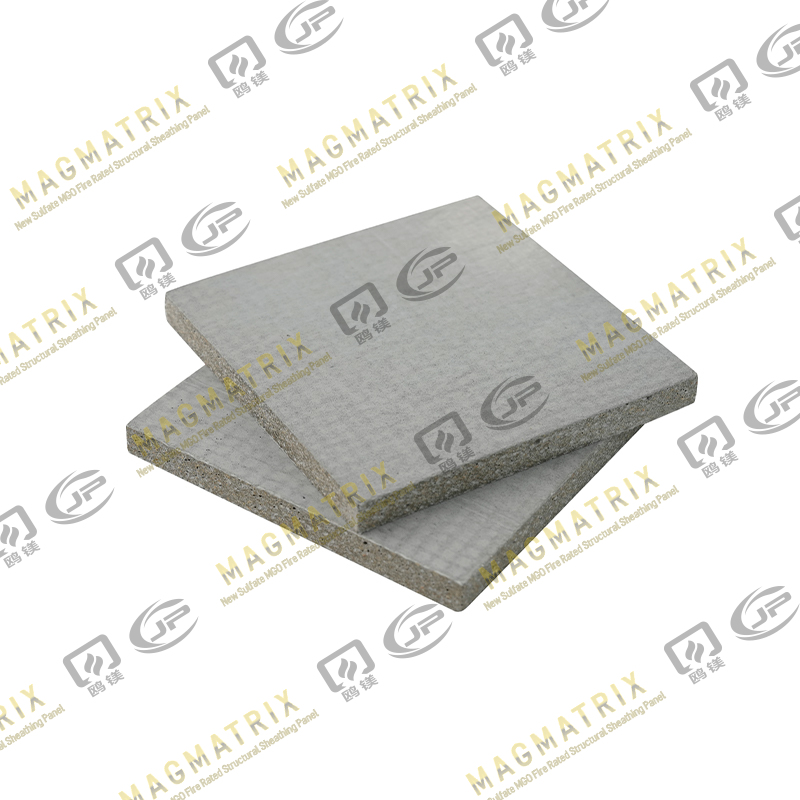 Multi-Support MgO Wall Sheathing Board
Multi-Support MgO Wall Sheathing Board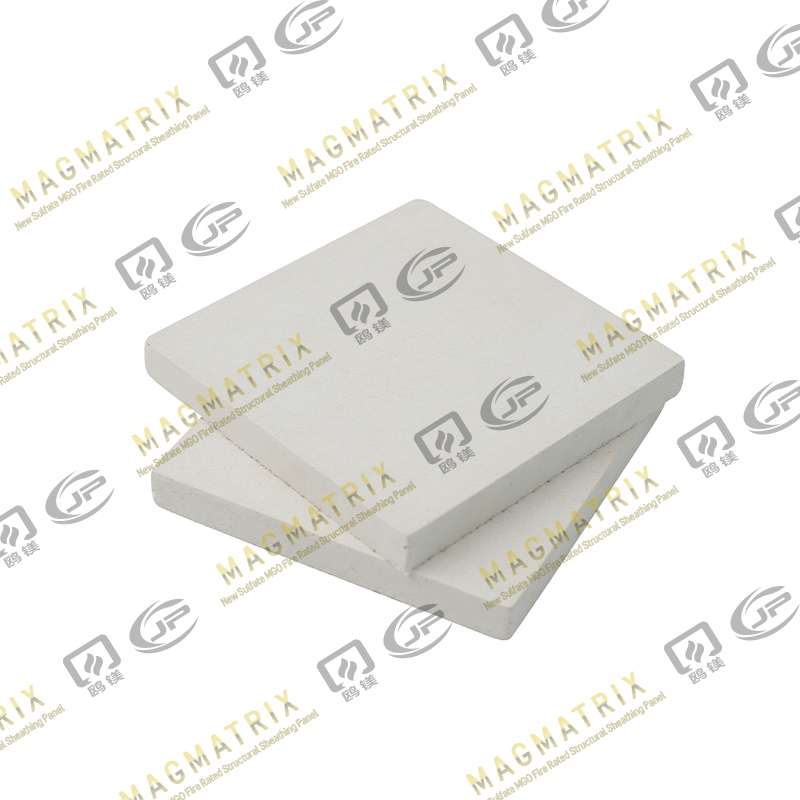 Perseverance MgO Wall Sheathing Board
Perseverance MgO Wall Sheathing Board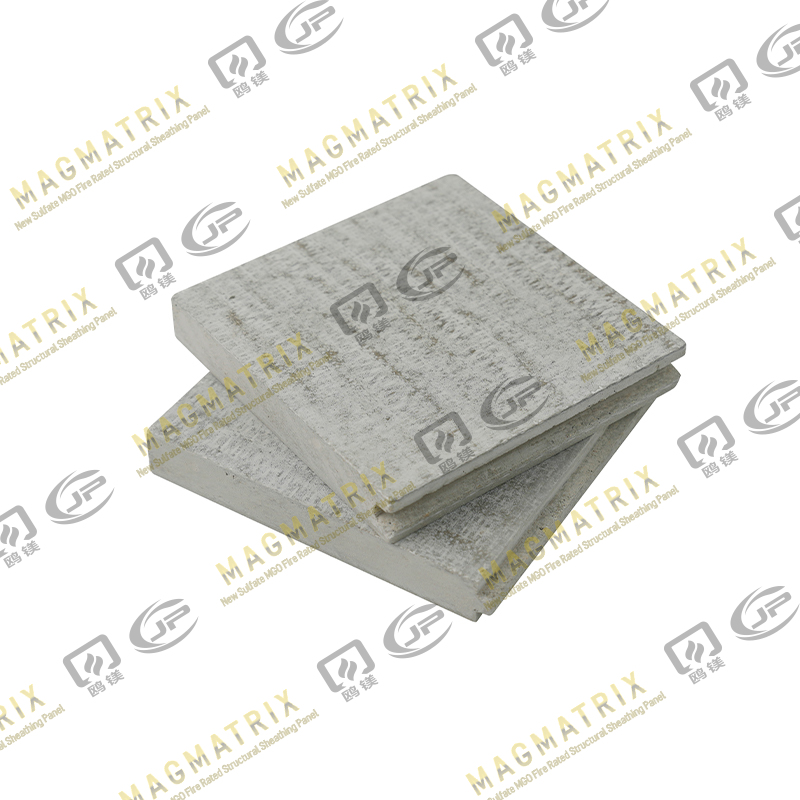 Multi-Support MgO Subfloor Sheathing Board
Multi-Support MgO Subfloor Sheathing Board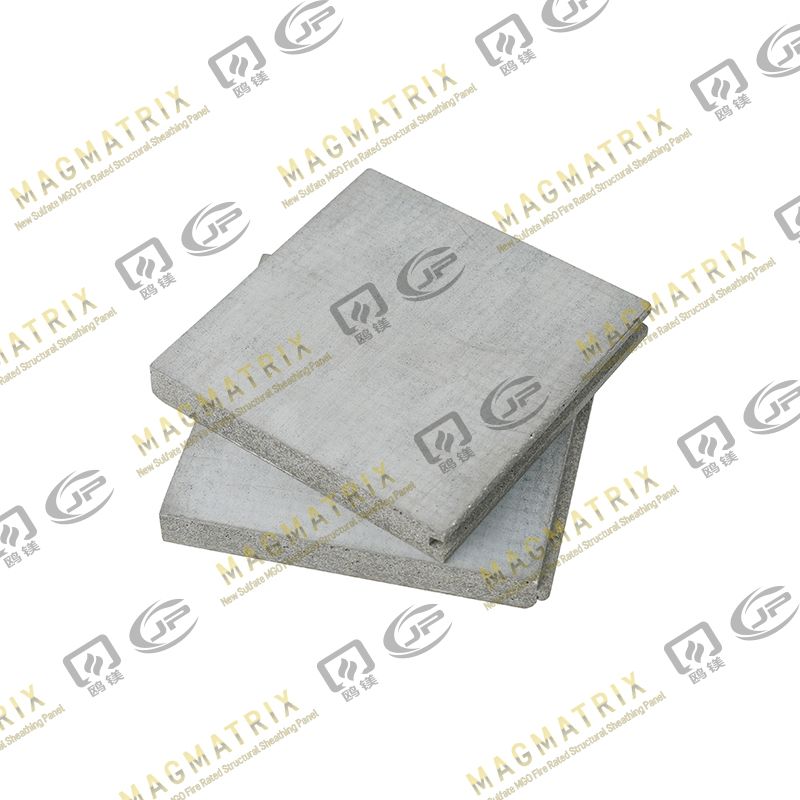 Perseverance MgO Subfloor Sheathing Board
Perseverance MgO Subfloor Sheathing Board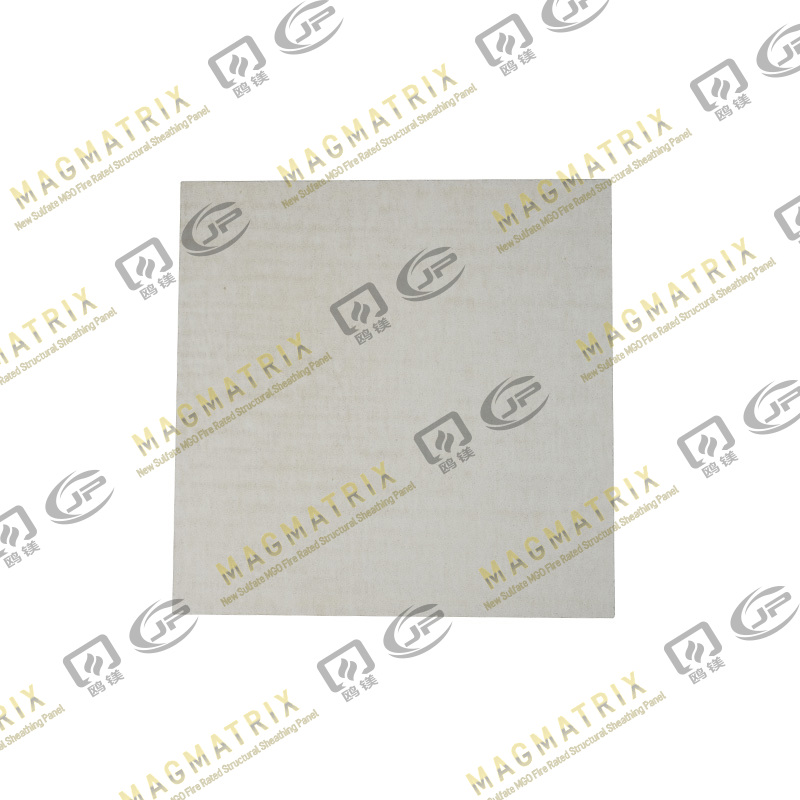 MagMatrix MgO Underlayment Panel/board
MagMatrix MgO Underlayment Panel/board


 English
English русский
русский Español
Español
